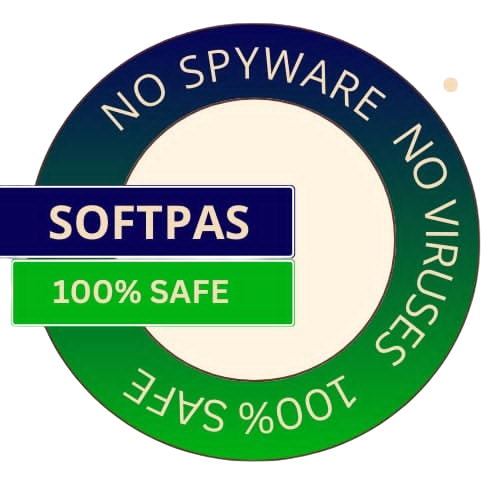
Get the best deals on your favorite games
Protocol Buffers are a handy tool created by Google for handling structured data in projects, like storing information or communicating between systems. You might also hear them called protobufs. This method is platform and language-neutral, which means it works across different programming environments.
So, how do they work? Well, they're similar to XML but a lot smaller, simpler, and faster! With Protocol Buffers, you can define how your data should look. While they often beat XML in performance, there are times when XML might be a better choice—especially if you're working with text-based documents that need markup.
The great thing about Protocol Buffers is that they're compatible with most programming languages out there today. You can use your own generated source code without any hassle. Plus, reading and updating the structured data can be done easily across various streams without breaking existing programs that rely on older formats.
If you're ready to dive into using Protocol Buffers for your project, you'll want to start by defining your message types in a .proto file you create. Each protocol buffer message is just a compact record of data made up of name-value pairs. Once you've got that set up, you can run the protocol buffer compiler for your app's language to generate those all-important data access classes.
If this sounds interesting and you want to download Protocol Buffers, check out more details on the software directory!
Go to the Softpas website, press the 'Downloads' button, and pick the app you want to download and install—easy and fast!

SoftPas is your platform for the latest software and technology news, reviews, and guides. Stay up to date with cutting-edge trends in tech and software development.
Subscribe to newsletter
© Copyright 2024, SoftPas, All Rights Reserved.